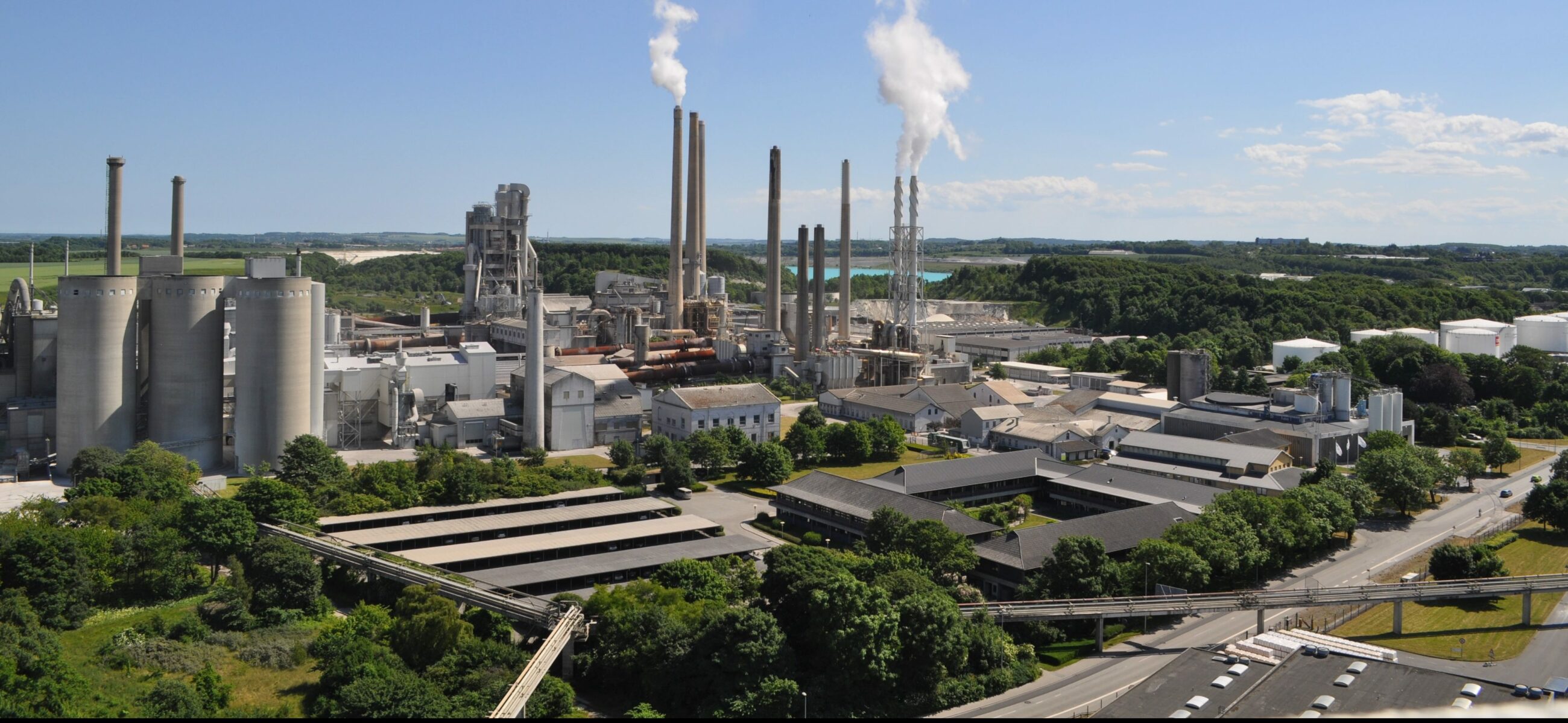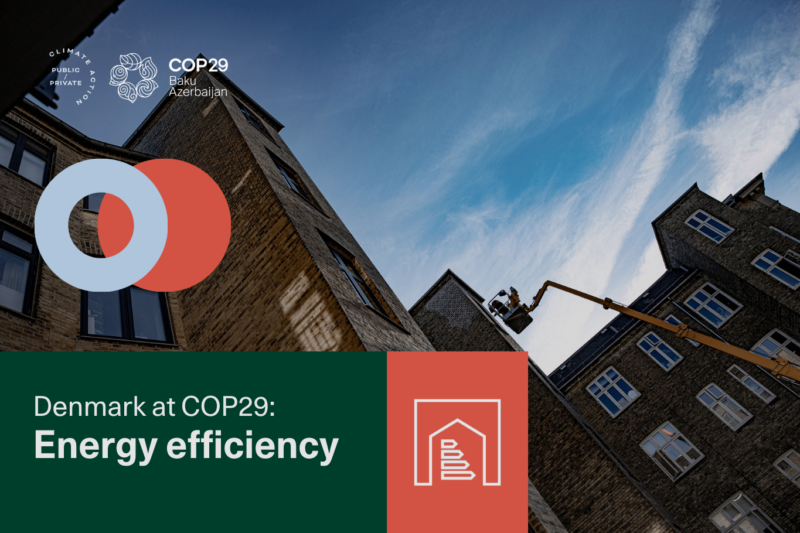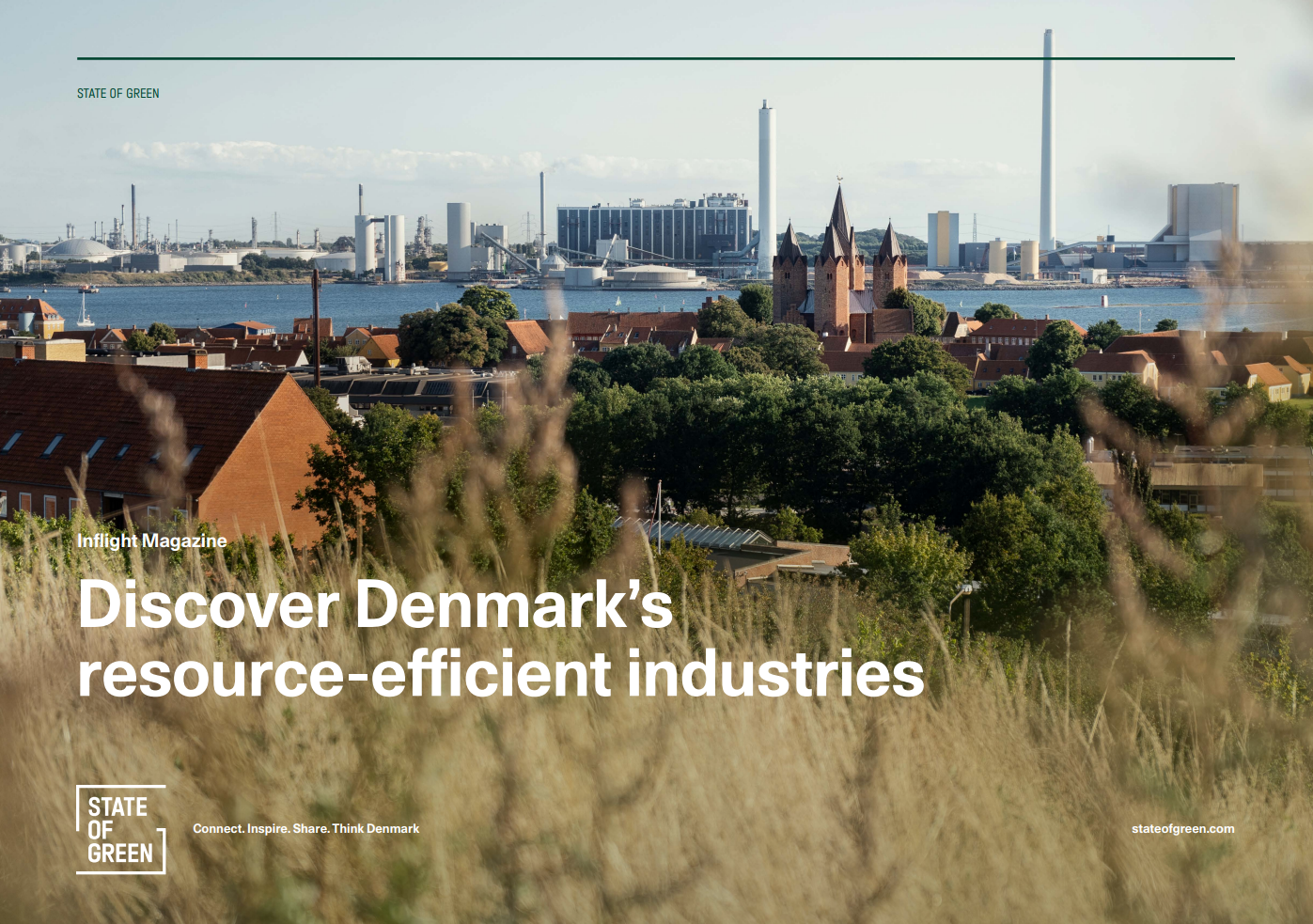News
Resource efficient production
Reducing CO2 emissions in the cement industry


According to the International Energy Agency, the cement industry accounts for about seven per cent of total global CO2 emissions. The industry's production methods require a high heat level and consequently a high energy demand.
Denmark's only cement producer, Aalborg Portland, has for 130 years delivered its products to all corners of the world and is today the world's largest exporter of white cement.
Aalborg Portland emits more than 800 kilos of CO2 per. tons of standard cement that the factory produces. This makes the factory solely responsible for about two per cent of Denmark's total CO2 emissions, writes Danish media Information.
-Related solution: Low energy CEMents for sustainable concrete
Even though cement and concrete are heavy climate sinners, it is difficult to imagine a world without it. The global demand for concrete is constantly growing, and due to the increase in population growth and urbanisation, the construction level will in the next 40 years equal the level which has been built over the past 400 years.
Consequently, instead of only considering other construction materials, solutions are needed to make the cement and concrete industries more sustainable and green. The good news is that the potential for CO2 reduction in these industries is high. Aalborg Portland already has a plan of how to reduce emissions by 60-70 per cent.
Danish cement factory to cut CO2 emissions from energy entirely
About half of the factory's CO2 emissions derive from high energy consumption during production. The other half comes from the materials chalk and limestone that are part of the cement mix, which release large amounts of CO2 when heated.
In terms of energy use, the Managing Director at Aalborg Portland, Michael Lundgaard Thomsen, is certain that emissions can be cut completely within the next 10-15 years. This will be done by replacing fossil fuels with other energy sources. Aalborg Portland will, among other things, use more waste as fuel, build wind turbines for energy production and utilise more surplus heat to increase the amount of district heating production to the surrounding environment.
-Related solution: Kalundborg industrial symbiosis - Utilising by-products
The other half - the climate impact of the materials - is more difficult to reduce, Michael Lundgaard Thomsen explained to Information. However, Aalborg Portland has discovered a part of the answer to this challenge. Together with researchers from DTU Byg, the company has developed a new type of green cement, Futurecem, which is expected to cut another 20 per cent of the CO2 emissions from cement and concrete production.
In the new cement, the chalk is partially replaced with other materials that release less CO2 and require less heating - and thus less energy. Aalborg Portland has a patent on the product and expects that will be on the market in late 2020.
Consequent, by using well-known technologies, Aalborg Portland can all in all reduce the factory's CO2 emissions by 60-70 per cent compared to 2018 levels.
Source: Information
Photo: Aalborg Portland
You should consider reading
solutions
Combined heat and power production
+6
CopenHill: The story of the iconic waste-to-energy plant
20 November 2024solutions
Energy efficiency in buildings
+2
Greening the UN one building at a time
20 November 2024publications
Energy efficiency in industry
+7















